How to Solve Multiplication Inequalities
Working with multiplication inequalities involves similar steps to working with equalities, but there are a couple of important rules to remember:

- When you multiply or divide both sides of an inequality by a positive number, the direction of the inequality stays the same.
- When you multiply or divide both sides of an inequality by a negative number, the direction of the inequality reverses (i.e., “>” becomes “<” and vice versa).
The Absolute Best Book for 4th Grade Students
A Step-by-step Guide to Solving Multiplication Inequalities
Using multiplication inequalities involves manipulating and comparing expressions with the use of multiplication operations. Here’s a step-by-step guide to help you understand and use multiplication inequalities effectively:
Step 1: Understand the basics
Before diving into multiplication inequalities, it’s important to have a solid understanding of multiplication and basic inequality concepts. Make sure you are familiar with the symbols used in inequalities, such as “<” (less than), “>” (greater than), “<=” (less than or equal to), “>=” (greater than or equal to), and “!=” (not equal to).
Step 2: Set up the inequality
Identify the expressions or values you want to compare using multiplication. Let’s take an example: \(3x > 12\). In this case, we have an inequality where we want to compare the product of 3 and x with 12.
Step 3: Solve for the variable
To solve the inequality, treat it like an equation and isolate the variable on one side. In our example, we can divide both sides of the inequality by 3 to isolate \(x: \frac{3x}{3} > \frac{12}{3}\). This simplifies to \(x > 4\).
A Perfect Book for Grade 4 Math Word Problems!
Step 4: Determine the solution
Now that we have solved the variable, we can interpret the solution. In our example, \(x > 4\) means that any value of \(x\) greater than 4 will satisfy the inequality. For example, \(x = 5\) or \(x = 6\) would be valid solutions.
Step 5: Graph the solution (optional)
If you want to visualize the solution on a number line, you can plot the valid values of \(x\). Since \(x > 4\), you would mark a shaded area to the right of 4 on the number line, indicating that any value in that region satisfies the inequality.
Step 6: Check the solution (optional)
To validate your solution, you can substitute the obtained values of x back into the original inequality and see if they hold true. For example, if you substitute \(x = 5\) into the original inequality \(3x > 12\), you get \(3(5) > 12\), which simplifies to \(15 > 12\), and this is true.
Step 7: Deal with special cases (optional)
Sometimes, special cases arise when working with multiplication inequalities. For instance, if you multiply or divide both sides of the inequality by a negative number, the direction of the inequality sign must be reversed. Be mindful of these cases and adjust the solution accordingly.
Remember, these steps serve as a general guide to using multiplication inequalities. Depending on the complexity of the inequality or the specific problem you’re working on, additional steps or considerations may be necessary.
The Best Math Books for Elementary Students
Related to This Article
More math articles
- The Ultimate 6th Grade PARCC Math Course (+FREE Worksheets)
- Tips on Hiring a Great Math tutor
- How to Navigate Inequalities: The Impact of Addition and Subtraction on Fractional Values
- How to Find Limits at Infinity
- How to Unravel One-to-One Functions
- 7th Grade Common Core Math Worksheets: FREE & Printable
- How to Solve the Ambiguous Case (SSA) in Trigonometry
- 8th Grade MCAP Math Worksheets: FREE & Printable
- Full-Length SSAT Middle Level Math Practice Test
- Double the Steps, Double the Fun: How to Solve Two-Step Inequalities
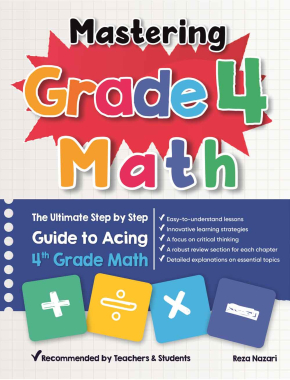

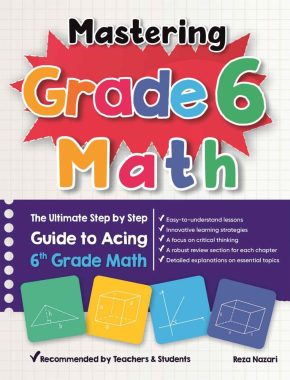
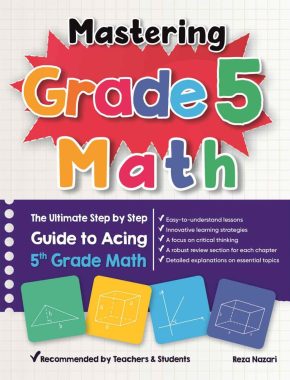
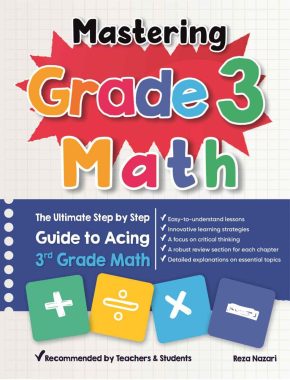


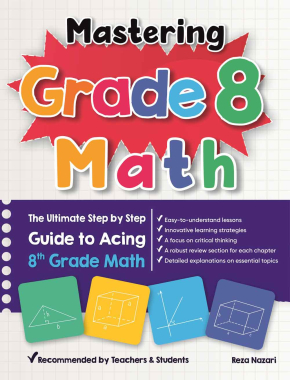
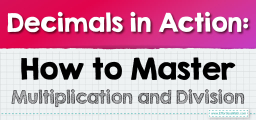









What people say about "How to Solve Multiplication Inequalities - Effortless Math: We Help Students Learn to LOVE Mathematics"?
No one replied yet.